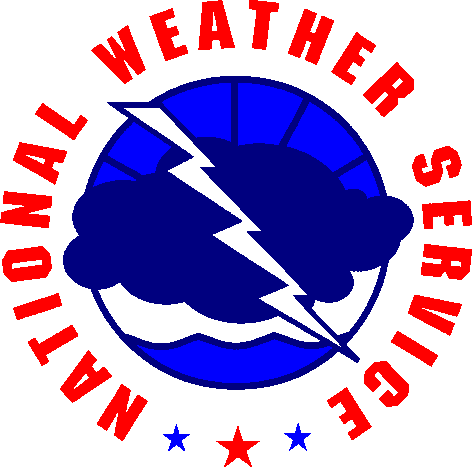|
Since most of the park lies at an elevation of 6,000 feet (1829 m) above sea level or higher, unpredictability characterizes Yellowstone's weather. Expect big temperature swings, rain, or snow during every month of the year. No matter when you visit, bring a warm jacket, rain gear, and lots of layers. Spring and FallDaytime temperatures range from 30°F to the 60°F (0°C to 16°C) with overnight lows in the teens to single digits (-5°C to -20°C). Snow is common in the spring and fall with regular accumulations of 12 inches (30.5 cm) in a 24-hour period. SummerDaytime temperatures are often around 70°F (21°C) and occasionally 80°F (27°C) at lower elevations. Nights are usually cool and temperatures may drop below freezing at higher elevations. Thunderstorms are common in the afternoons. WinterTemperatures range from zero to 20°F (-18°C to -7°C) throughout the day. Sub-zero temperatures are common, especially at night and at higher elevations. The record low temperature is -66°F (-54°C). Snowfall is highly variable. While the average is 150 inches (381 cm) a year, it is not uncommon for higher elevations to get twice that amount. 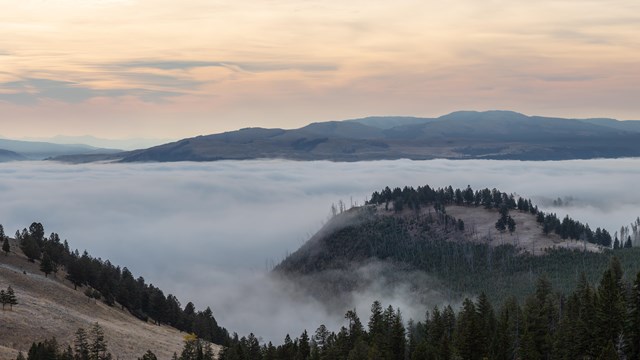
Seasons
Explore Yellowstone's seasons. 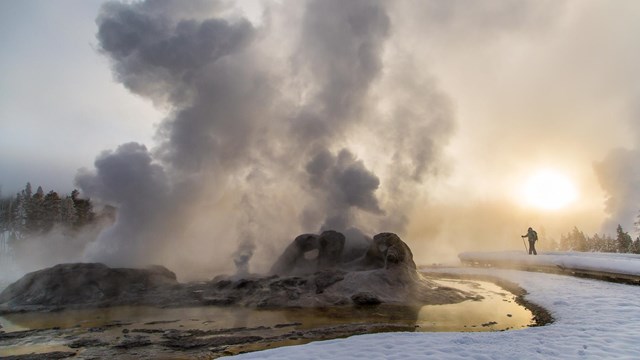
Explore in Winter
Ready to brave the cold? Check out this information for planning a winter visit. ForecastsThe weather in Yellowstone can change quickly and can deviate considerably from the forecast, so prepare for all conditions when planning your adventure. For additional details or other forecasts, visit the National Weather Service. Loading weather forecast... Monthly Averages
ClimateClimate consists of the long-term averages of daily weather, usually in 30-year periods. Learn how the climate is changing in Yellowstone. 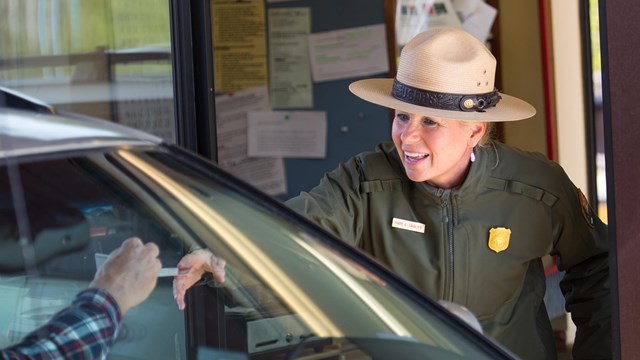
Basic Information
Get all the essential information here, from directions to entrance fees to hours of operation. 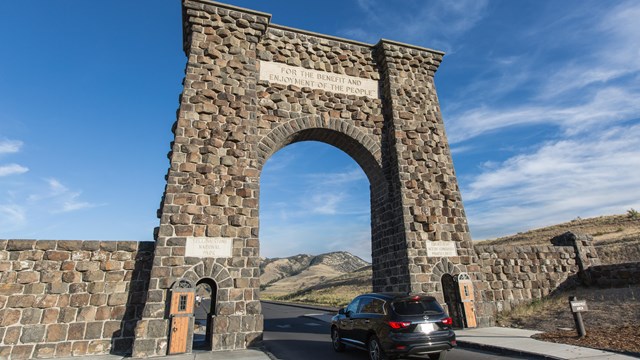
Current Conditions
Learn about things that could affect your visit before you arrive. | |||||||||||||||||||||||||||||||||||||||||||||||||||||||||||||||||||||||||||||||||||||||||||||||||||||||||||||||||||||||||||||||||||||||
Last updated: August 14, 2023

